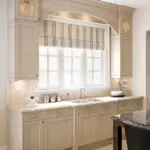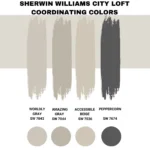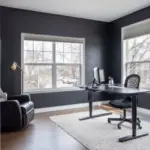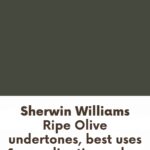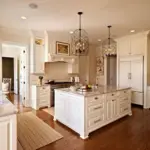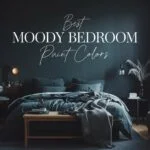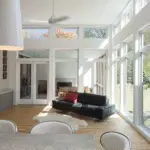Zevo Flying Insect Trap & Cartridge - Plug in Fly Trap & Indoor Bug Catcher for Gnats, House & Fruit Flies - Mess-Free - Use in Any Room - Uses Blue & UV Light (1 Plug in Device & 1 Cartridge)
$19.99 (as of 6 July 2025 08:40 GMT +01:00 - More infoProduct prices and availability are accurate as of the date/time indicated and are subject to change. Any price and availability information displayed on [relevant Amazon Site(s), as applicable] at the time of purchase will apply to the purchase of this product.)Utopia Bedding Waterproof Mattress Protector Twin Size, Premium Terry Mattress Cover 200 GSM, Breathable, Fitted Style with Stretchable Pockets (White)
$12.99 (as of 6 July 2025 08:40 GMT +01:00 - More infoProduct prices and availability are accurate as of the date/time indicated and are subject to change. Any price and availability information displayed on [relevant Amazon Site(s), as applicable] at the time of purchase will apply to the purchase of this product.)White walls might seem like the “safe” choice, but in the world of design, white is a powerhouse. It’s classic, clean, endlessly versatile, and never goes out of style. While cool greys and bold accent colors have their place, white has made a major comeback—and honestly, I’m here for it.
If you’ve followed any of our renovation projects, you already know how much I rely on white paint to create light, open, and timeless spaces. I’ve tested dozens of shades in different homes, under every lighting condition imaginable, and I’m finally ready to share my go-to white paints—plus a few must-know tips for getting white right.
Whether you’re remodeling your kitchen, refreshing a bedroom, or tackling an entire home transformation, this guide will help you confidently choose the perfect white for your space.

Why White Works in Every Space
White may be a neutral, but it’s far from boring. A well-chosen white acts like a blank canvas, allowing textures, furnishings, art, and architectural features to take center stage. It reflects light beautifully, making small rooms feel larger and dark spaces brighter. And it plays nicely with just about any design style—from modern minimalism to cozy cottage chic.
But not all whites are created equal.

Pro Grade Paint Roller Kit, Brush & Roller for Professionals & Homeowners
Perfect for smooth finishes on your interior walls. Ideal for home improvement enthusiasts!
Buy Now on AmazonSome lean warm with creamy yellow undertones, while others skew cool with hints of blue or green. The undertone and light exposure in your space can dramatically affect how a white paint looks on your walls.
That’s why choosing the right white is more nuanced than grabbing a can of “white” from the shelf. Let’s break it down.

My All-Time Favorite White Paints
After years of experimenting across multiple projects, I’ve found a handful of whites that consistently deliver. I’ve organized them into two categories—warm whites and cool whites—so you can choose based on your space and the mood you want to create.
Warm Whites: Soft, Cozy & Inviting
Perfect for: Living rooms, bedrooms, nurseries, or any space where you want a warm, comforting feel.
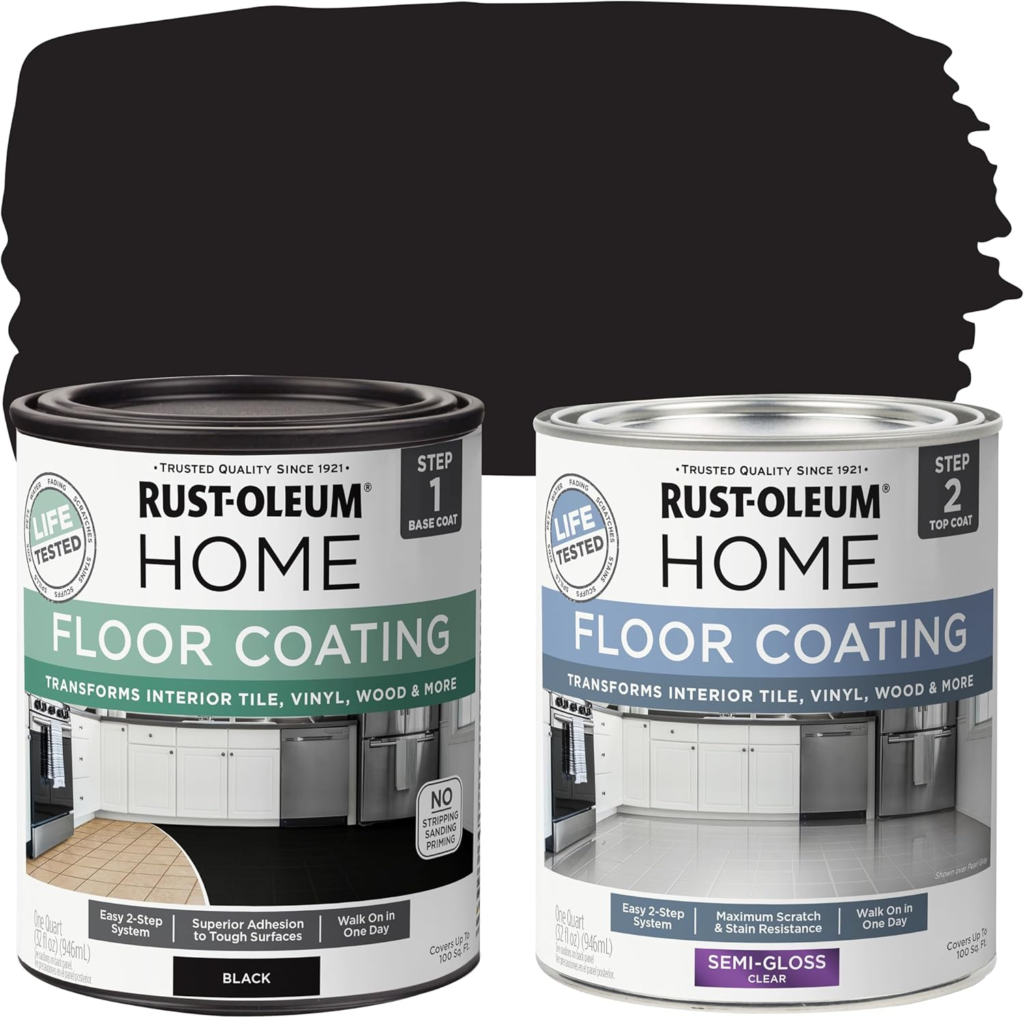
Rust-Oleum 367605 Home Interior Floor Coating Kit, Semi-Gloss Black
Ideal for updating outdated flooring at a fraction of the cost of replacement and adheres without stripping, sanding or priming.
Buy Now on Amazon
1. Simply White (Benjamin Moore OC-117)
Bright, clean, and softly warm, this white has a subtle yellow undertone that keeps it from feeling sterile. It’s one of my top picks for creating that fresh yet inviting look. I used this in the Beaumont Dream House, and it absolutely transformed the space—think airy, not stark.
2. Cloud White (Benjamin Moore OC-130)
A longtime favorite among designers, this one is creamy without being too yellow. It’s elegant, timeless, and plays well with warm wood tones and soft textiles. We’ve used this in a few nurseries, and the effect is dreamy and serene.
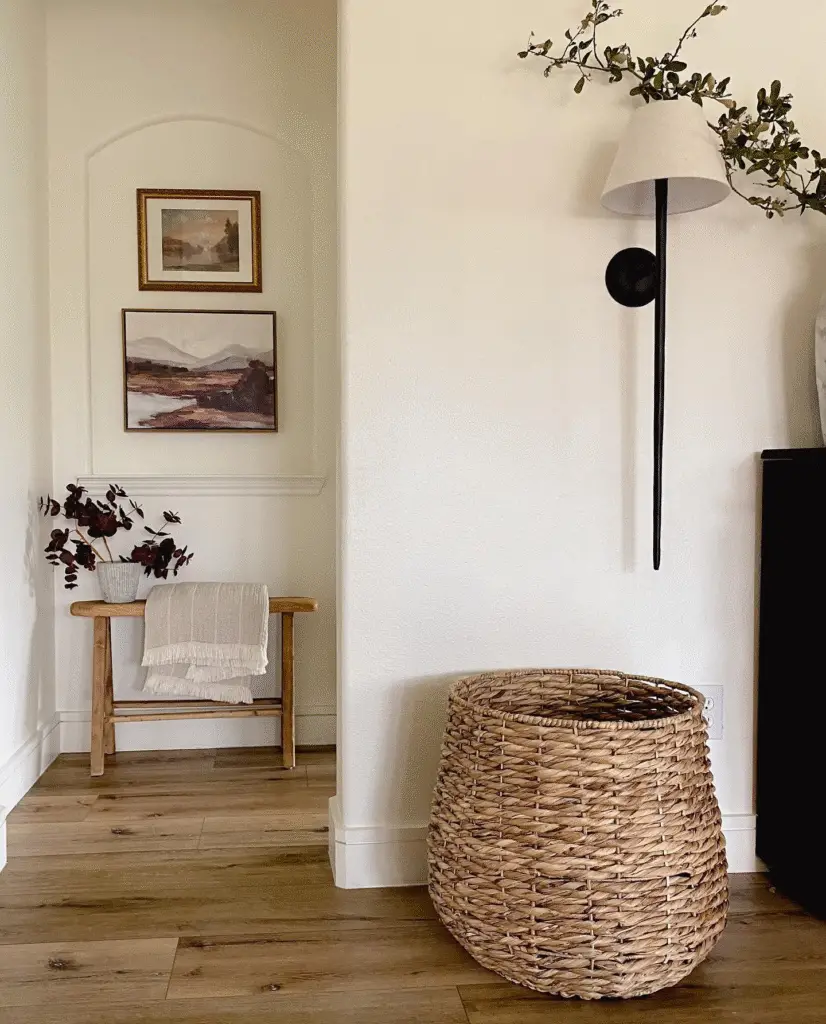
3. White Dove (Benjamin Moore OC-17)
A cult-favorite white with a loyal following—and for good reason. It has enough warmth to feel soft and cozy but is neutral enough to work almost anywhere. We’re using it in our Laurier Heights renovation, and it brings just the right balance of warmth and brightness.

Cool Whites: Crisp, Modern & Clean
Perfect for: Modern homes, bathrooms, basements, and spaces where you want a bright, sleek finish.
4. Chantilly Lace (Benjamin Moore OC-65)
This is the whitest of whites—a true, clean shade with almost no undertone. It feels like fresh silk and has an almost gallery-like effect, which is why we chose it for our basement remodel. It instantly made the space feel brighter and more modern.

5. Oxford White (Benjamin Moore CC-30)
A fresh, slightly cool white with blue-green undertones. It reads modern and clean, and I love it for bathrooms, laundry rooms, or even cabinetry and trim. It’s a subtle yet refreshing update to any room.

6. Decorator’s White (Benjamin Moore OC-149)
A favorite for trim, ceilings, and doors, this one also works beautifully on walls if you’re going for a sleek, modern look. It’s crisp and bright without being too icy. We used it throughout the Capilano House kitchen and living space, and the result was effortlessly chic.

How to Choose the Right White for Your Space
With so many whites available, it’s easy to feel overwhelmed. Here are my essential tips for narrowing it down and making a choice you won’t regret:
1. Always Test Your Swatches
Don’t skip this step! Paint a large sample area on each wall and observe it throughout the day. Natural and artificial light can make undertones appear differently at different times.
2. Know Your Room’s Light Direction
Light exposure changes how whites are perceived:
- North-facing rooms have cooler light, which can make cool whites feel icy. Choose warmer whites here.
- South-facing rooms receive warm light, which will enhance the yellow in warm whites and soften cool ones.
- East-facing rooms get warm morning light and cooler afternoon tones.
- West-facing rooms tend to be warmer in the evening—great for golden tones.
3. Select the Right Sheen
- Flat or matte: Great for walls—soft and forgiving.
- Eggshell: Adds a touch of durability while keeping the finish subtle.
- Satin or semi-gloss: Best for trim, baseboards, doors, and cabinetry where you want durability and contrast.
- Flat ceiling paint: Keeps ceilings unobtrusive and hides imperfections.
4. Create Subtle Contrast with Layered Whites
You don’t need a bold contrast to make an impact. Try pairing two complementary whites for a nuanced, elegant look—like using White Dove on walls and Decorator’s White on trim. The slight difference in undertone adds interest and depth while keeping things cohesive.
5. Use Online Tools for Visual Help
Benjamin Moore’s website is a great resource. Their undertone maps for white paints are especially helpful when you’re trying to spot the difference between “warm” and “cool” options. It won’t replace testing in your own space, but it’s a solid starting point.
Final Thoughts: Why White Is Always a Good Idea
White paint might seem simple, but it takes a thoughtful approach to get it right. The beauty of white lies in its versatility—it’s a backdrop, a mood-setter, and an enhancer all in one. Whether you’re drawn to cozy creams or high-impact brights, there’s a white out there that can elevate your space to something truly special.
My advice? Embrace the process, test your samples, and don’t be afraid to mix whites within a room. With a little planning, white can be the most powerful (and stylish) tool in your design kit.
Ready to paint it white?
Share your favorite white paint picks or tag me in your before-and-afters—I’d love to see your space come to life!




